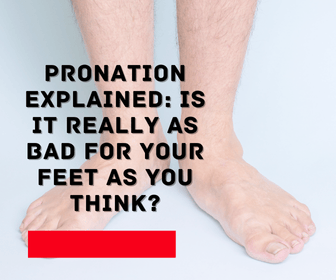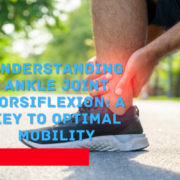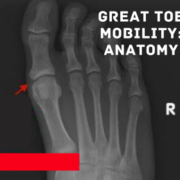Pronation Explained: Is It Really as Bad for Your Feet as You Think?
Over 5,000 times a day, your feet adapt to the surfaces you walk on, absorbing impact energy and propelling you forward with each step. But what makes these movements possible? Pronation.
What is Pronation?
Pronation is a complex triplanar motion involving the rearfoot and midfoot joints, typically marked by the inward roll of the foot, or eversion, and a dropping arch. This motion enables the foot to adapt and decelerate against impact forces. However, too much pronation can be problematic.
Enter Over-Pronation (Flat Feet)
Over-pronation occurs when the foot’s unlocking or eversion exceeds the necessary range for absorbing impact forces. Common factors contributing to over-pronation include:
- Ligament laxity
- Foot muscle weakness
- Hip muscle weakness
- Limited ankle mobility
Symptoms of Over-Pronation
Excessive pronation can stress the foot’s soft tissues, leading to conditions like plantar fasciitis, posterior tibial tendinitis, medial ankle pain, and even bunions. Over-pronation can also cause stress to travel up the lower extremities to the pelvis, resulting in:
- Shin splints
- Knee pain
- Low back pain
- SI joint pain
Managing Over-Pronation
Treatment varies based on the cause but often includes:
- Custom orthotics or arch supports
- Supportive footwear
- Foot and ankle mobility exercises
- Foot and hip strengthening exercises
In my podiatry practice, all patients receive foot mobility exercises and strengthening programs, regardless of the cause. Additionally, practices like standing on one leg, short foot exercises, or Pilates can help reconnect with your foot muscles. Here is video of Short foot exercise.









